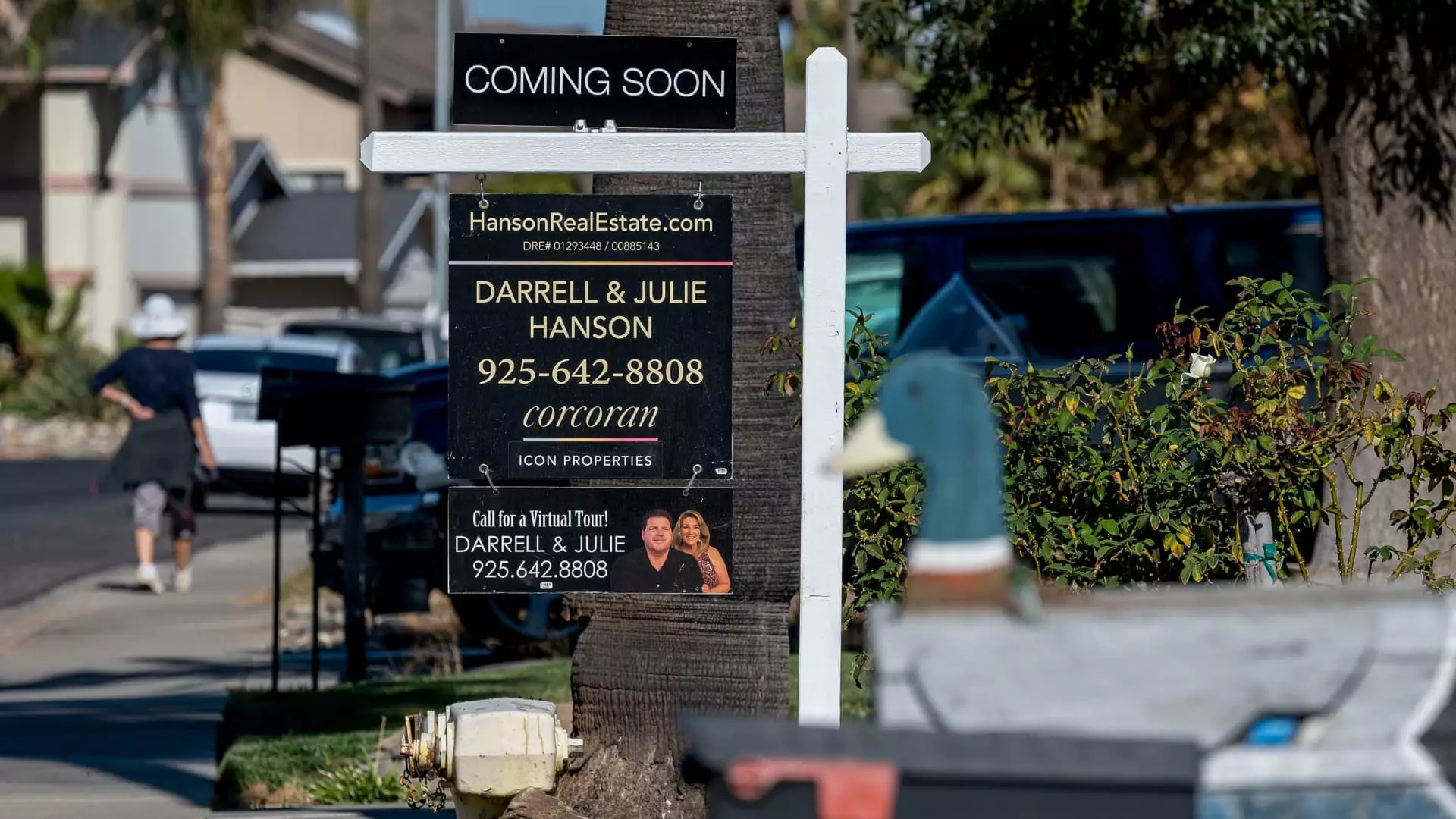The Current Landscape of Mortgage Rates Amid Economic Uncertainty

As the economic landscape evolves, so do mortgage rates, which showed an upward trajectory in the past week. Investors are now weighing the implications of shifts in leadership and policy, particularly with the recent changes linked to the Trump presidency. The Mortgage Bankers Association (MBA) has reported a stagnation in total mortgage application volume, which registered a mere 0.5% increase, breaking a six-week streak of decline. This slight uptick could be interpreted as a sign of cautious optimism among borrowers navigating this unpredictable climate.
The average interest rate for 30-year fixed-rate mortgages for loans with balances not exceeding $766,550 has climbed to 6.86%, a rise from 6.81%. Concurrently, points associated with these loans decreased slightly to 0.60 from 0.68, which may suggest some marginal relief for potential borrowers. Joel Kan, the deputy chief economist at the MBA, has noted that these increases in mortgage rates are closely tied to rising Treasury yields and market reactions to the potential economic strategies that could emerge under the Trump administration. Moreover, the expected maneuvers by the Federal Reserve, such as the recently announced 25-basis-point rate cut, have not substantially swayed market positions, indicating a wait-and-see approach by investors.
In a telling sign of the fluctuating mortgage environment, applications for refinancing have dipped by 2%, hitting their lowest volume since May. Despite this decline, they remain markedly higher—by 43%—compared to the same period last year, when rates were considerably higher. Conversely, mortgage applications for home purchases saw a slight increase of 2%. With existing market conditions, homebuyers are faced with a conflicting scenario: lower rates compared to last year, juxtaposed with escalating property prices and a scant supply of available homes. This duality may deter some potential buyers, while others may leverage Federal Housing Administration (FHA) and Veterans Affairs (VA) loans, which have recently gained traction.
As the economic environment undergoes transformation, the mortgage market remains sensitive to broader fiscal policy expectations. Kan observed that the increased activity in FHA and VA-backed loans—rising by 3% and 9%, respectively—indicates that certain segments of the market are adapting to and capitalizing on the existing conditions. This suggests a complex interplay between borrowers’ needs, interest rate fluctuations, and evolving financial strategies that remain responsive to market developments.
The overall real estate market and mortgage sectors are currently characterized by a tenuous balance between rising rates and changing homebuyer dynamics. According to Matthew Graham of Mortgage News Daily, the environment continues to be influenced by the ripples of election-related volatility, leading to a sophisticated web of economic variables that both lenders and borrowers must navigate. As the landscape stabilizes, it remains to be seen how these factors will settle and what that will mean for future mortgage rates in an era of shifting economic policy.





